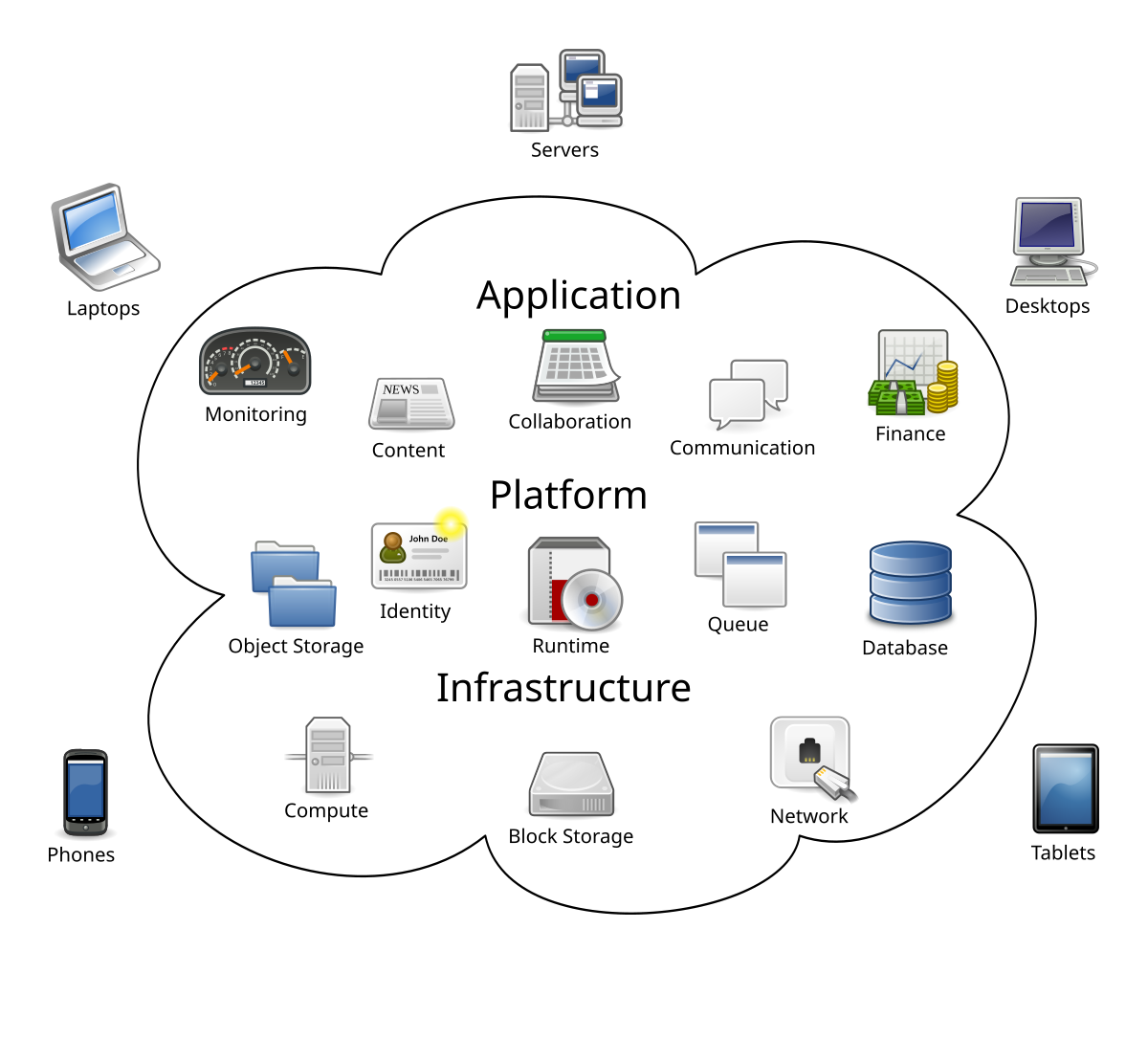What is Cloud ?
Cloud is a collection of computing resources which are accessed through the Internet

The cloud enables users to access the same files and applications from almost any device, because the computing and storage takes place on servers in a data center, instead of locally on the user device. This is why a user can log into their Instagram account on a new phone after their old phone breaks and still find their old account in place, with all their photos, videos, and conversation history. It works the same way with cloud email providers like Gmail or Microsoft Office 365, and with cloud storage providers like Dropbox or Google Drive.
Why is it called 'the cloud'?
"The cloud" started off as a tech industry slang term. In the early days of the Internet, technical diagrams often represented the servers and networking infrastructure that make up the Internet as a cloud. As more computing processes moved to this servers-and-infrastructure part of the Internet, people began to talk about moving to "the cloud" as a shorthand way of expressing where the computing processes were taking place. Today, "the cloud" is a widely accepted term for this style of computing.
What is Cloud Computing ?
Cloud Computing is the software and hardware to provide servces like storage, VM, severs and many more over the network. With cloud computing users can access files and use applications from any device that can access the Internet.
Enables Access to Cloud Resources
Enables Access to Cloud Services
Builds Virtualization Concept
Provides the option pay as you use
Why Cloud Computing ?
Traditional computing companies had to spent a lot of money and time on infrastructure , hardware and other operational aspects.
But using cloud computing all these troubleshoots are managed by cloud service provides, so you have to just focus on your core business.
Cloud computing is the on-demand delivery of computer power, network, database, storage, application, and other IT resources through a cloud services platform via the internet with pay-as-you-go/flexible pricing model.
Advantage of cloud Computing-
Go global in minutes
Trade capital expense
Benefit from massive economies of scale
No guessing about capacity
Increase speed and agility
Cloud Computing Services Models - IaaS
Infrastructure as a Services
Here the cloud services providers offer database, web servers, application servers, messaging services, storage, network and more to their customers as a service and customers pay them as per use.
AWS Availability Zones (AZs)
1. Availability Zones are locations carrying data centers in a Region which are used by customers and each Region has two or more AZs
2. AWS availability zones offer their customers a simple and more effective way to design and operate applications and database.
3. Availability zones make these applications and databases more highly available, fault tolerant and scalable then traditional data centres.
Way to implement high availability
In case of launching/planning a second instance in a new region the instance price will differ and also an additional charges for region data transfer will be added.
What is Edge Location ?
- Edge Location is an intermediate between the end users and dervers to access the services from AWS.
- It is small setup in different location to provide low latency connection by caching static content.
- Basically, it's content delivery network and used with AWs CloudFront Service.



























No comments:
Post a Comment